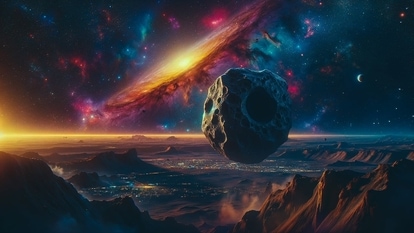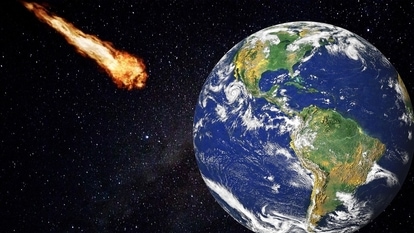NASA: Historic! Largest ever star found by Hubble Telescope! Check breathtaking image
NASA’s Hubble Telescope captures the largest ever star located in the Magellanic Cloud.


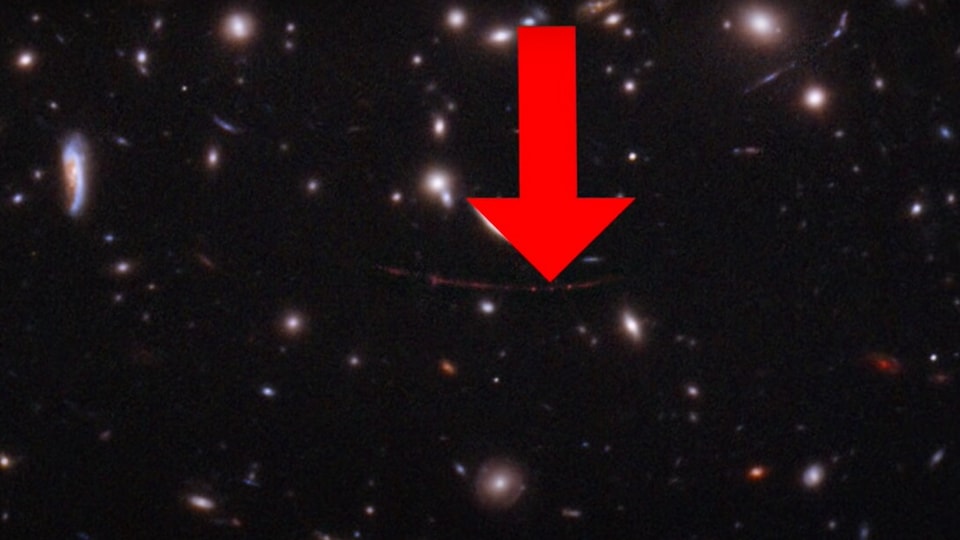
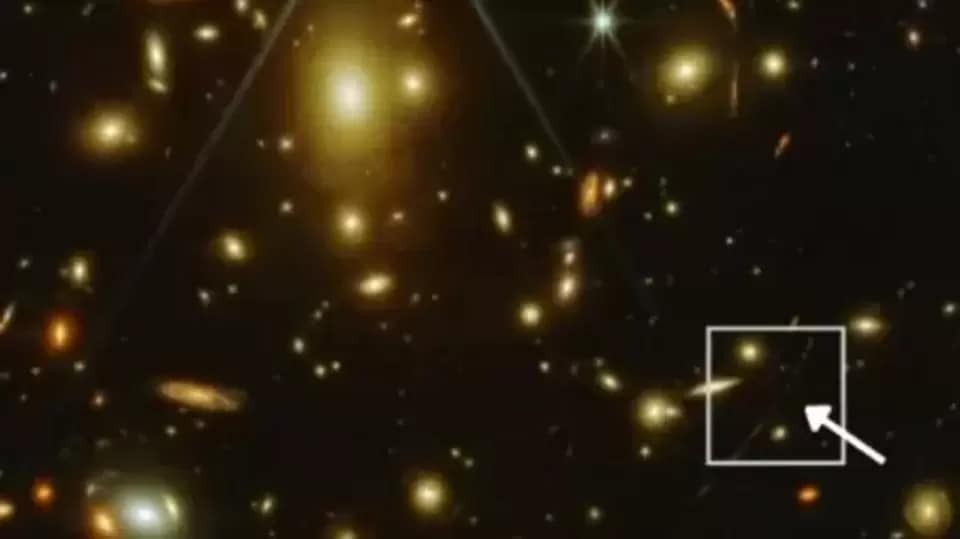
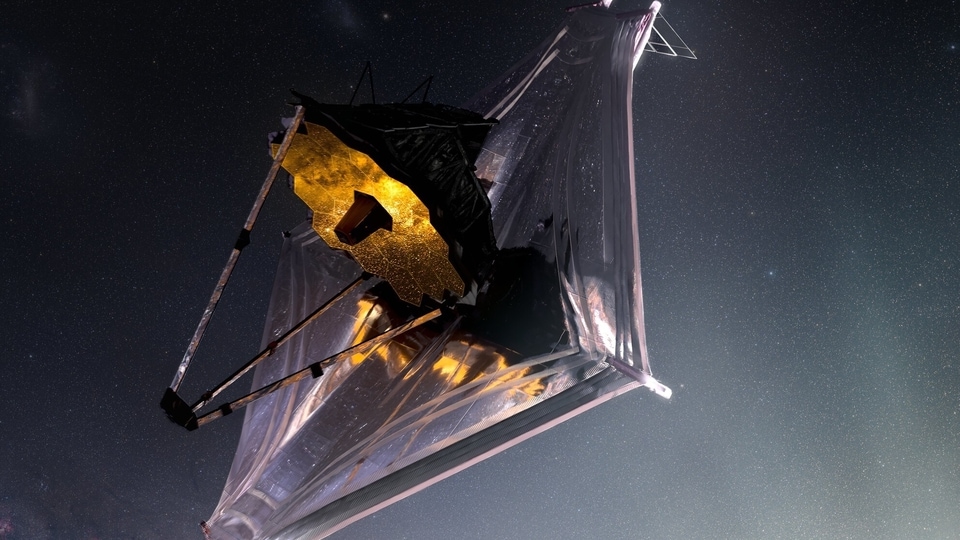
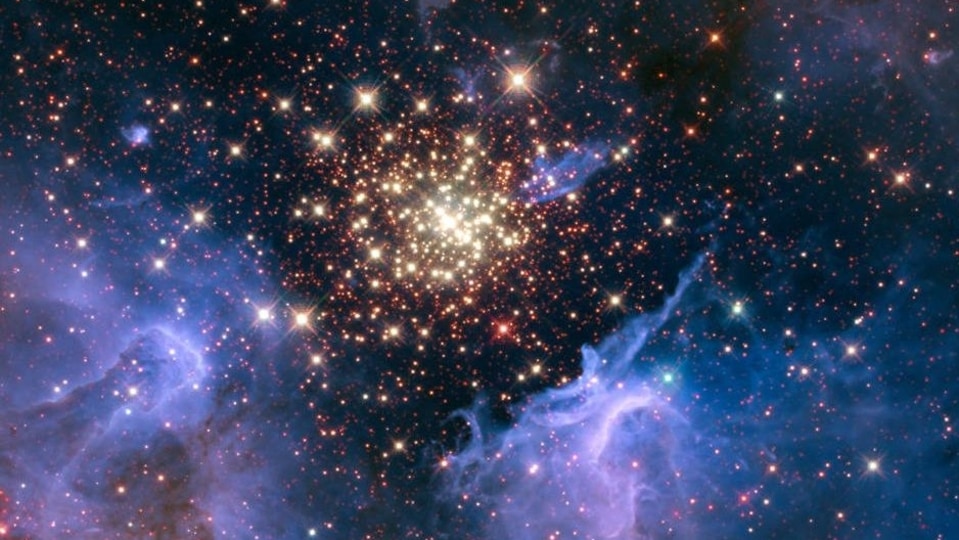
 View all Images
View all ImagesThe Hubble Telescope has yet another feather in its cap as it has found one of the largest ever stars. The star, named R136a1, is located in a massive star cluster called R136 in the Magellanic Cloud. According to NASA, the star is nearly 200 times the mass of the Sun, making it the biggest star ever observed.
Astronomers used the Hubble Space Telescope's Wide Field Camera 3 and captured the stunning image using the UV resolution of the Space Telescope Imaging Spectrograph (STIS).
The R136 star cluster is located in the Tarantula Nebula.
What is the Tarantula Nebula?
The Tarantula Nebula is present at the center of the Large Magellanic Cloud, a satellite galaxy of the Milky Way system and has given birth to more than 800,000 stars, some of them nearly 150 times the size of the Sun. This makes the Tarantula Nebula one of the prime observation destinations for researchers and science buffs alike.
The 30 Doradus is also called the Tarantula Nebula because of its glowing filaments which resemble spider legs, according to NASA. The Nebula is special as it can be seen in the Southern sky with the naked eye. It resembles a large milky patch of stars when viewed from Earth.
Scientists had captured the Tarantula Nebula earlier this month using the Atacama Large Millimeter/submillimeter Array (ALMA) located in the Antofagasta Region of the Atacama Desert.in Chile.
This stunning discovery by the Hubble Telescope further proves the capabilities of the Hubble Space Telescope. Despite being nearly 3 decades old, it still amazes us with stunning images of far off celestial objects. Although that won't be the case for long as NASA has already launched its brand new James Webb Space Telescope at a cost of nearly $10 billion.
Catch all the Latest Tech News, Mobile News, Laptop News, Gaming news, Wearables News , How To News, also keep up with us on Whatsapp channel,Twitter, Facebook, Google News, and Instagram. For our latest videos, subscribe to our YouTube channel.







